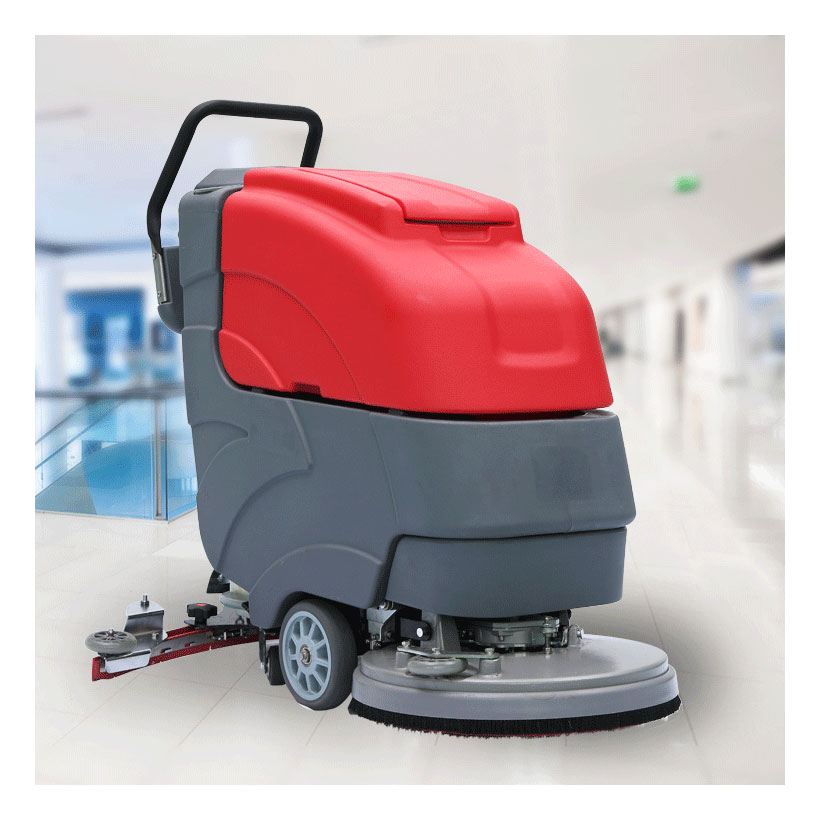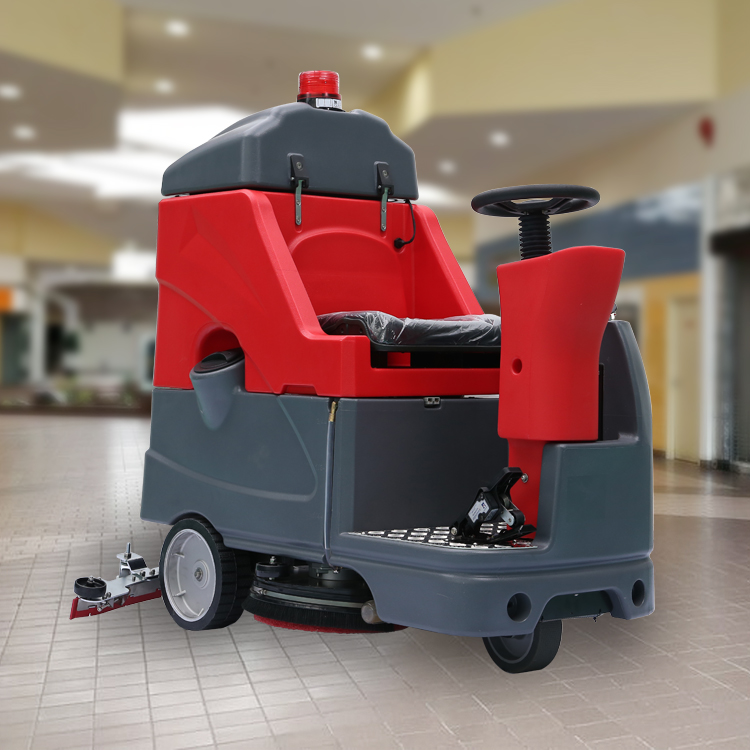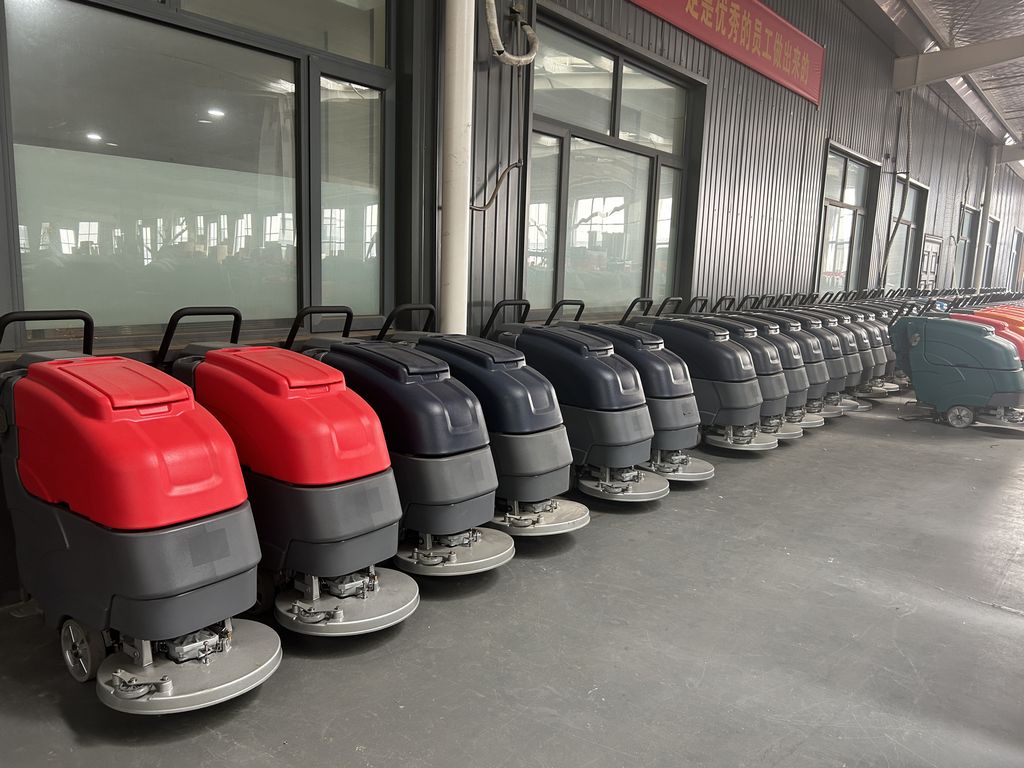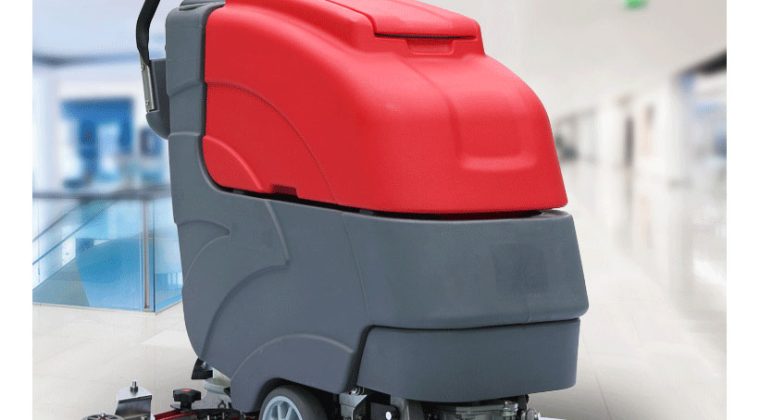
Let’s be real—edge grinding isn’t exactly the sexiest topic in the world. But hey, if you’ve ever tried to slice a tomato with a butter knife, you know exactly why sharp edges matter. Last week, I spent three hours trying to fix the jagged edge on my kitchen countertop after a DIY disaster. Let’s just say my partner hasn’t stopped laughing about the “rustic chic” look I accidentally created. Lesson learned: edge grinding isn’t just for pros, but you gotta respect the process.
So, what’s edge grinding anyway? In simple terms, it’s the art of shaping or sharpening the edge of a material—metal, stone, glass, you name it. Whether you’re working on a custom knife, a metal sculpture, or even a garden tool, the goal is the same: clean, precise edges that look good and work better. But here’s the kicker: most people mess this up by skipping the basics.

First things first—your tools. You wouldn’t bake a cake with a hammer, right? Same logic applies here. A decent angel grinder (oops, I meant *angle* grinder—see what happens when you rush?) is your best friend. Pair it with the right abrasive disc—diamond for stone, aluminum oxide for metal—and you’re halfway there. Pro tip: Don’t cheap out on discs. That bargain-bin disc might save you $5 now, but it’ll cost you hours of rework later.

Now, let’s talk technique. Ever seen someone grind edges like they’re chopping firewood? Yeah, that’s a one-way ticket to uneven edges and frustration. Keep your movements steady and controlled. Imagine you’re spreading butter on toast—smooth, even pressure. And for Pete’s sake, wear safety goggles! I once got a metal shard in my eyebrow, and let me tell you, it’s not the kind of accessory that catches on.
Here’s where folks get tripped up: heat management. Grinding generates friction, which means heat. Too much heat can weaken metals or even crack stone. The fix? Slow down. Let the tool do the work, and dip the material in water occasionally if you’re working with stone. For metals, take breaks to let things cool off. Your final product will thank you.
But wait—what if you’re a total newbie? Start with scrap materials. Grab an old piece of metal or a broken tile and practice your angles. Experiment with different grits on your discs. Coarse grit removes material fast; fine grit polishes. It’s like skincare for edges: exfoliate first, then moisturize.
Oh, and here’s a random life lesson I picked up from edge grinding: perfection is overrated. My first ten attempts looked like a toddler took a bite out of the metal. But each mistake taught me something. These days, I kinda enjoy the rhythm of grinding—the sparks, the sound, the slow reveal of a crisp edge. It’s weirdly therapeutic once you stop fighting it.
Final thought: Edge grinding isn’t just about the result. It’s about understanding your materials, respecting the tools, and embracing the learning curve. Next time you’re tempted to rush through a grinding job, remember my kitchen counter fiasco. Take your time, keep it cool, and for the love of smooth edges, double-check your disc labels.
Now go forth and grind—but maybe keep a first-aid kit handy, just in case.

